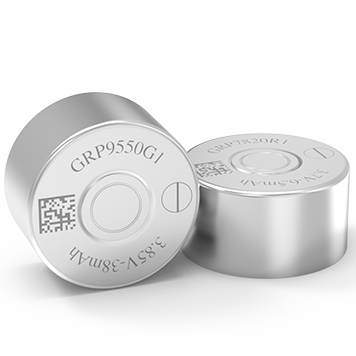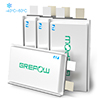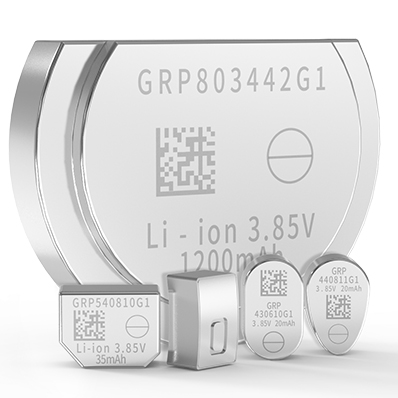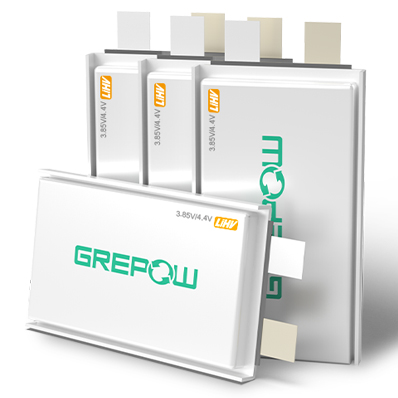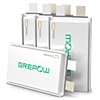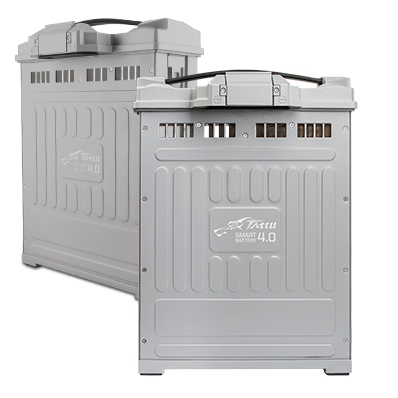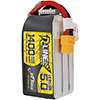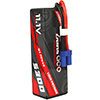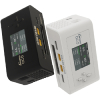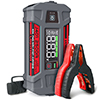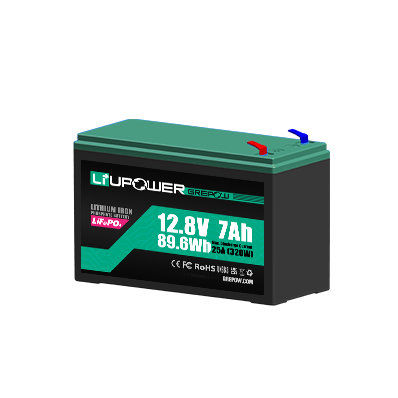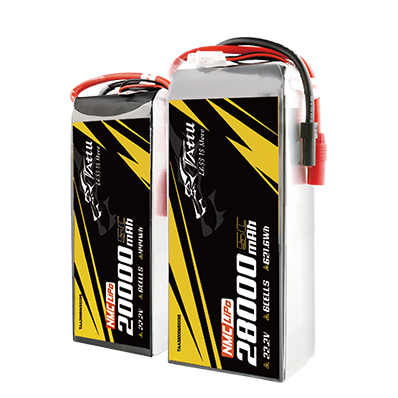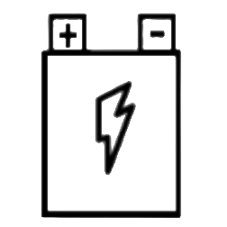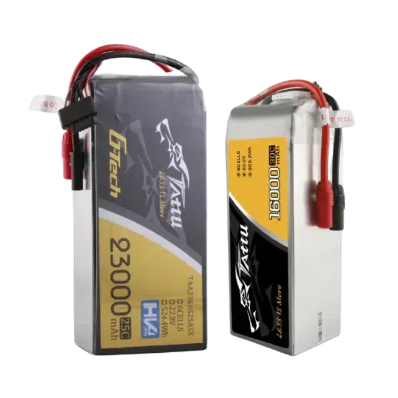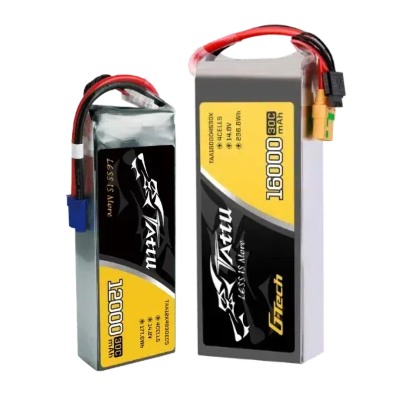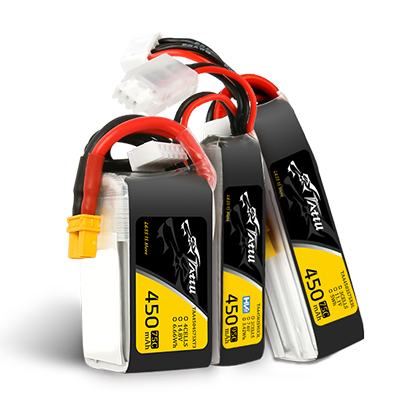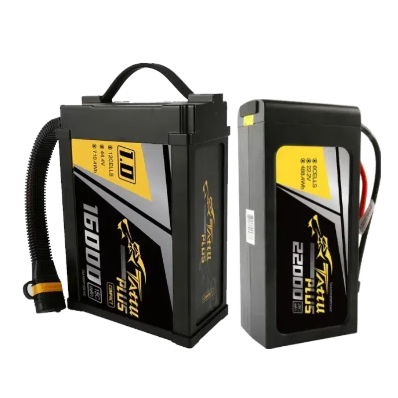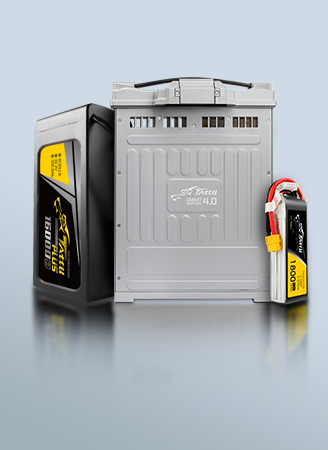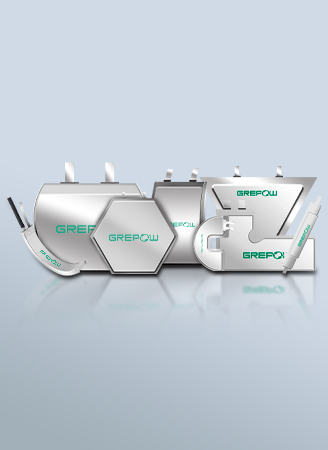Drone Training Power Guide: LiPo Batteries & Chargers
In the fast-evolving world of drone technology, professional training centers are the unsung heroes preparing pilots for tomorrow’s skies. But what keeps these sessions aloft? It’s not just skill or enthusiasm—it’s the battery humming at the heart of every training drone. As the “l(fā)ow-altitude economy” gains momentum across Europe and North America, training centers need reliable, high-performance power systems to keep up with growing demand. This guide explores why LiPo batteries are the backbone of professional drone training, what to look for when choosing them, and how Grepow’s chargers can supercharge your program.
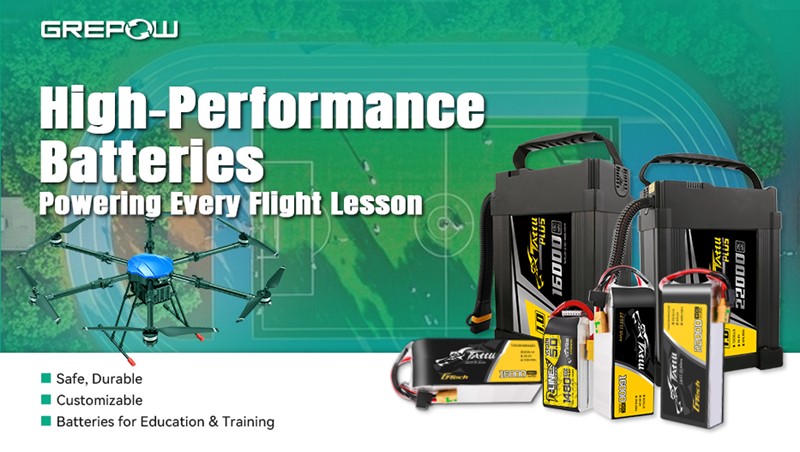
The Low-Altitude Economy: Why Training Matters More Than Ever
Picture a future where drones zip through the skies below 3,000 meters,
delivering packages, aiding emergencies, and even offering aerial tours. That’s
the low-altitude economy—a booming ecosystem of innovation and opportunity. This
surge isn’t just about tech; it’s about people. With industries clamoring for
skilled pilots, training centers are stepping up to bridge the gap, turning
novices into pros ready to navigate this new frontier.
From Hobby to Career: The Professional Training Shift
Drone flying isn’t just for weekend enthusiasts anymore. With certifications now standard in both Europe and the US, it’s a full-fledged profession. Training centers are adapting, offering structured programs that cover everything from basic multirotor control to high-speed FPV agility courses. Whether it’s mastering navigation or tackling obstacle drills, these scenarios demand equipment that can keep pace—starting with the battery.
Why Batteries Are the Heart of Training
In a training environment, batteries aren’t just power sources; they’re the difference between a productive day and a grounded one. Here’s why they matter:
●Longer Flights, Less Waiting: High-capacity LiPo batteries mean extended practice time—crucial for students honing their skills. Fast-charging options cut downtime, keeping sessions rolling.
●Safety First: New pilots can push batteries to their limits. Premium LiPos with over-charge, short-circuit, and temperature protections minimize risks, keeping everyone safe.
●Cost Efficiency: Quality batteries last longer—think 300–500 cycles versus 100 for cheaper options. That’s fewer replacements and more value over time.
●Smart Management: Digital batteries that track voltage and health in real time let you stay ahead of issues, ensuring drones are always flight-ready.
Choosing the Right Battery: What to Look For
Picking the perfect battery for your training fleet isn’t guesswork. Here’s what to prioritize:
●Capacity: Higher mAh (e.g., 16,000–22,000mAh) for longer flights.
●Cycle Life: Aim for 300+ cycles for durability.
●Battery Discharging Rate: The C-rating indicates a battery’s ability to deliver continuous and burst power—the higher the C-rating, the stronger the performance. High C-ratings enable drones to perform demanding maneuvers like Power Loops or Immelmann Turns with ease.
●Protection Features: Over-charge, short-circuit, and temp monitoring are non-negotiable.
●Digital Tools: Smart features for real-time health tracking.
Battery Picks for Training Drones
Different drones, different needs. Here are tailored recommendations:
Quadcopter and Hexacopter Training
Spec: 6S–12S, 16,000–22,000 mAh LiPo
Why: Long flight times and steady power for beginners and advanced learners
alike.
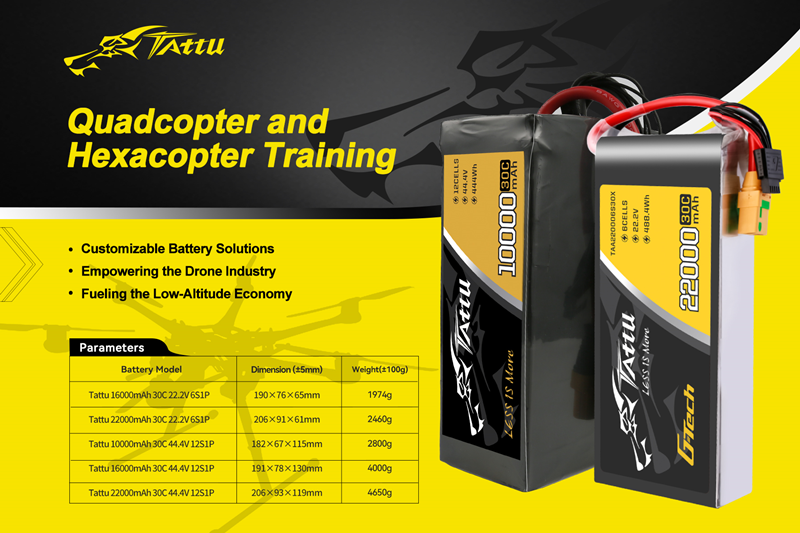
FPV & Agility Training
Spec: 3S / 4S / 6S, 1000–5200 mAh, Various Discharge Rates
Why: High discharge rates for quick, dynamic maneuvers—perfect for speed
drills.

Charge Smarter with Grepow
Great batteries need great chargers. Grepow’s TA3200 and iMars D300 are built for training’s fast pace:
TA3200 3200W 6-14S LiPo Battery Smart Chargers
What: Dual-channel charger for 6–14S LiPo batteries with smart detection and safety features.
Why: Quick, reliable charging for multiple drones, even in a busy
classroom.

iMars D300 300W LiPo Battery Charger
What: Compact dual-channel charger (300W per channel) for 1–6S batteries, with app-based monitoring.
Why: Batch charging with real-time oversight keeps your fleet ready.
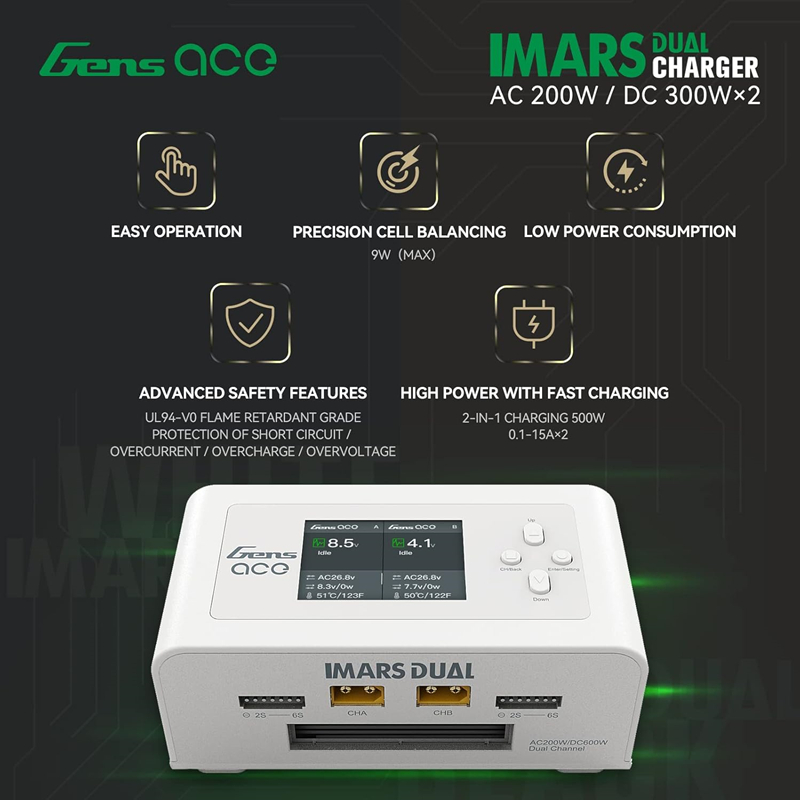
Imagine students waiting to fly, but the batteries aren’t charged. With
these chargers, you’ll have power on tap, keeping your training on schedule.
Final Thoughts
In the competitive world of drone training, the right battery and charger
setup isn’t just a choice—it’s a game-changer. High-performance LiPo batteries
paired with Grepow’s TA3200 and iMars D300 chargers deliver more flights, safer
sessions, and smarter management. Ready to power up your training center?
What’s your biggest battery challenge? Drop your thoughts below!
Related Articles:
Basis of LiPo Battery Specifications
How to Choose a LiPo Battery Charger?
Exploring LiPo Battery Connector Types
Lipo Battery Storage FAQs
What Is A 12S Lipo Battery?
Related Articles
-

Powering the XR Revolution: Grepow’s Custom Battery Solutions at AWE USA 2025
2025-06-06 -

Grepow to Showcase Custom Medical Battery Innovations at Medical Taiwan 2025
2025-05-21 -
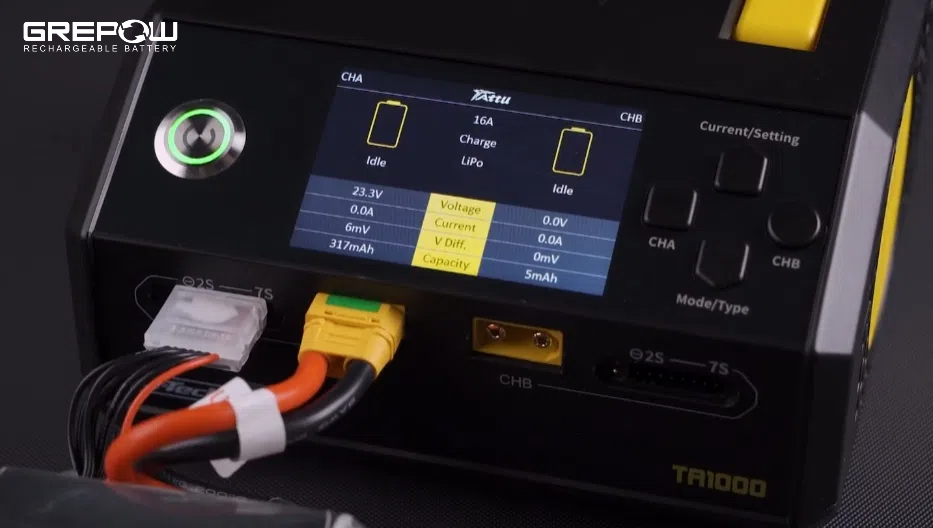
Grepow TA1000 LiPo Battery Charger User Guide
2025-05-13




